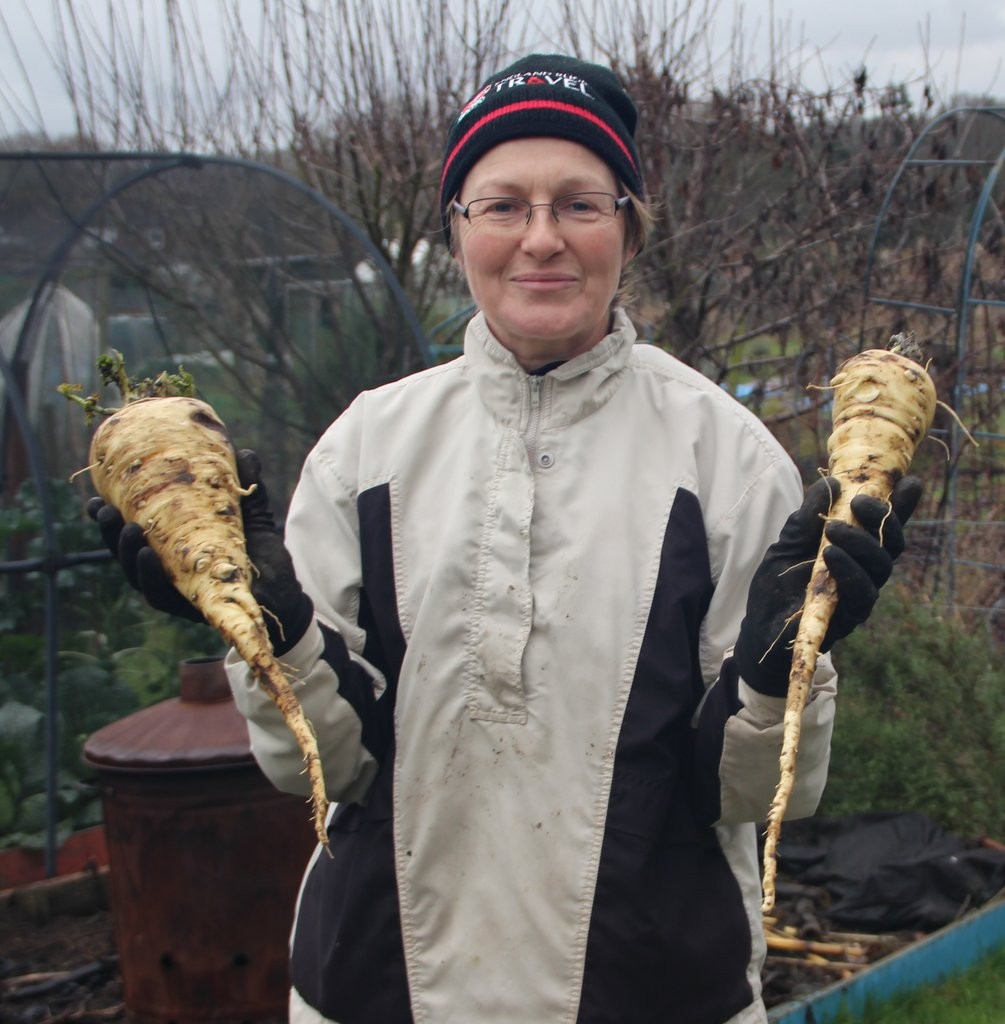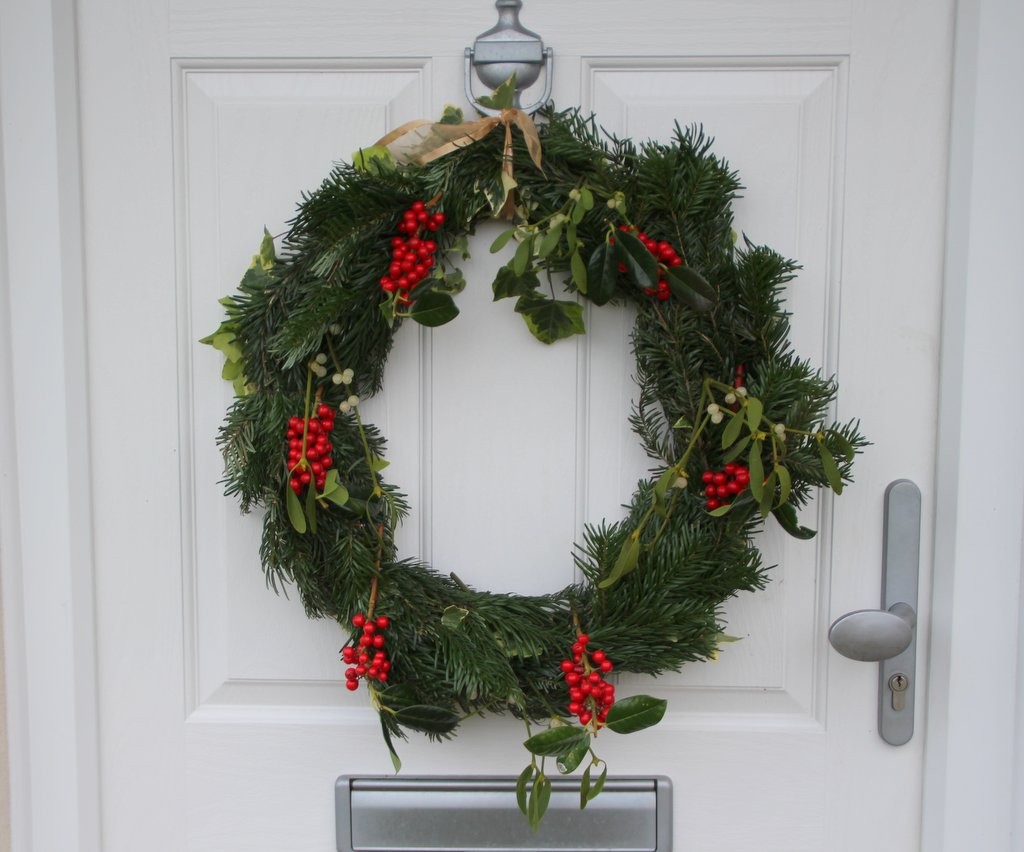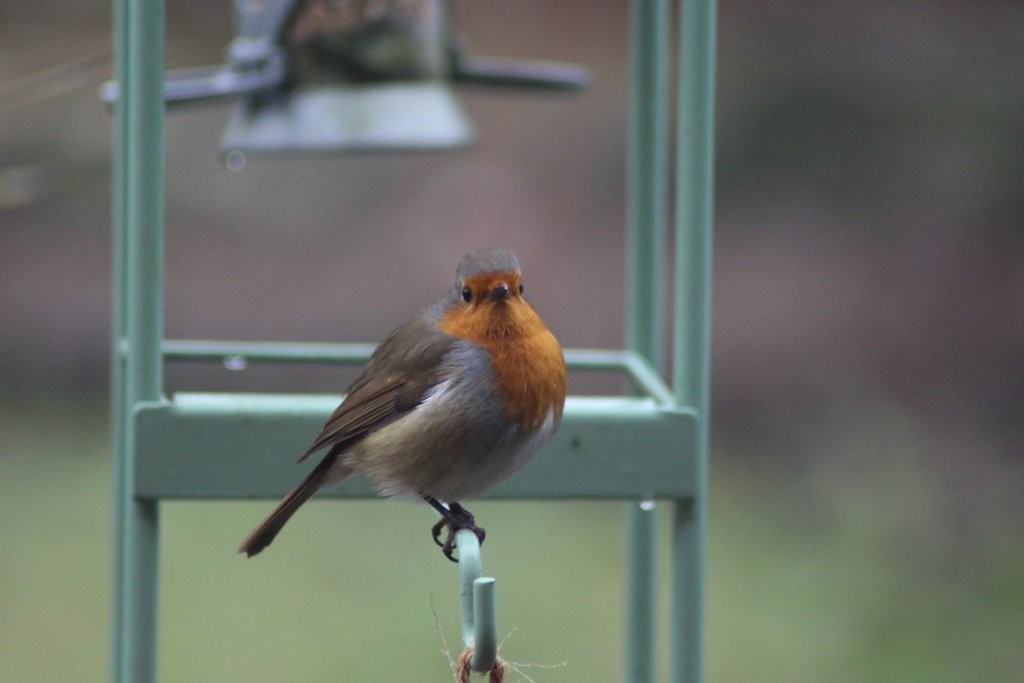People often talk of “putting the garden to bed” at this time of year. This is not a phrase that we support. There may be less daylight and warmth and consequently less to do in terms of plant care. There will also be days when it is too cold or the ground is too soft to be able to do much, but winter gardening can be very rewarding. Just think of those gorgeous clear days when being outside in natural light is a reward in itself, especially if the day job sees you office bound.
There are some simple jobs, like clearing up leaves on lawns and paths, or a gentle mow of the grass (if the weather has been dry) that make everything look tidier. Weeds may still grow in mild weather, so whip them out if the ground is firm enough to stand on without compressing it. Mulching weed-free beds with organic matter will encourage earthworms, and they can improve the soil structure while you stay warm indoors. Again this is a job that makes everything look better, but don’t mulch on frozen ground, as you’ll only seal in the cold.
The first Hellebores will start to bloom, so trim off dead or damaged foliage in January to showcase the flowers.
Also looking good at this time of year are some Viburnums, the fragrant Sarcococca (Christmas Box), and the vibrant stems of Cornus. If it is mild, Prunus x subhirtella Autumnalis will be pretty in pink.
A highlight for us is collecting vegetables for the Christmas table. Parsnips, carrots, brassicas, leeks and spinach are all options at this time of year.
Remember you can still bring some of your garden indoors to add to your traditional festive decorations of holly, mistletoe and fir.
Deep winter is the time that a lot of us make a point of feeding the birds, if you do, don’t forget to put out some fresh water as well, especially if the weather turns freezing, as water is harder to come by for the feathered visitors to your garden. Don’t stop feeding suddenly as the weather warms up as birds become habituated to feeding and will use up precious energy travelling to a well-known feeding spot for no reward.
Also on the wildlife front, don’t tidy too much too soon. Leaving seed heads can provide winter interest for you and food for wildlife and debris provide sheltering and hibernating spots. There is a trade-off to be made as leaving places for wildlife will support both pests and beneficial creatures, but the general consensus at the moment is that you’ll get more benefit than harm if some places are left a bit wilder over the winter.



